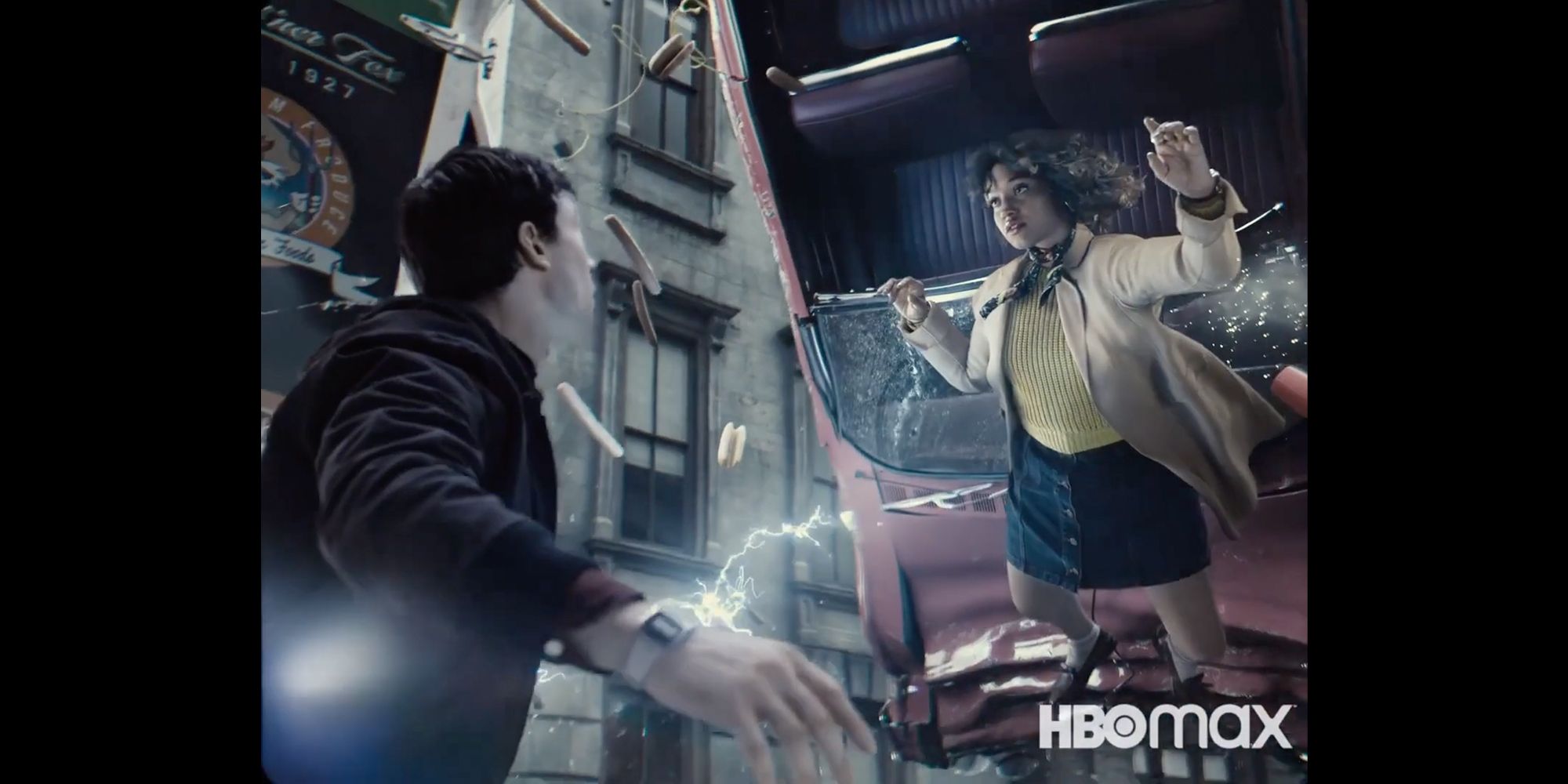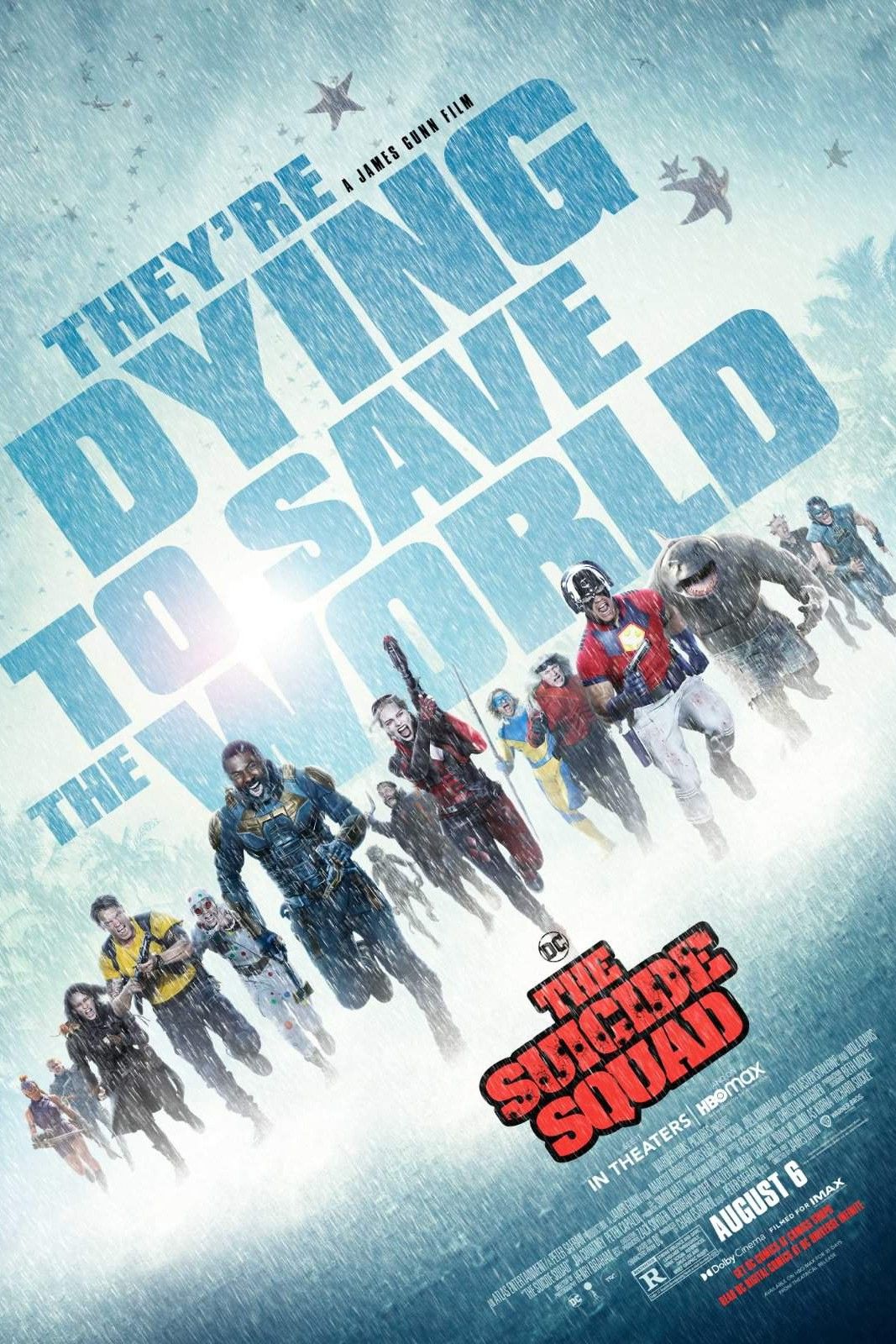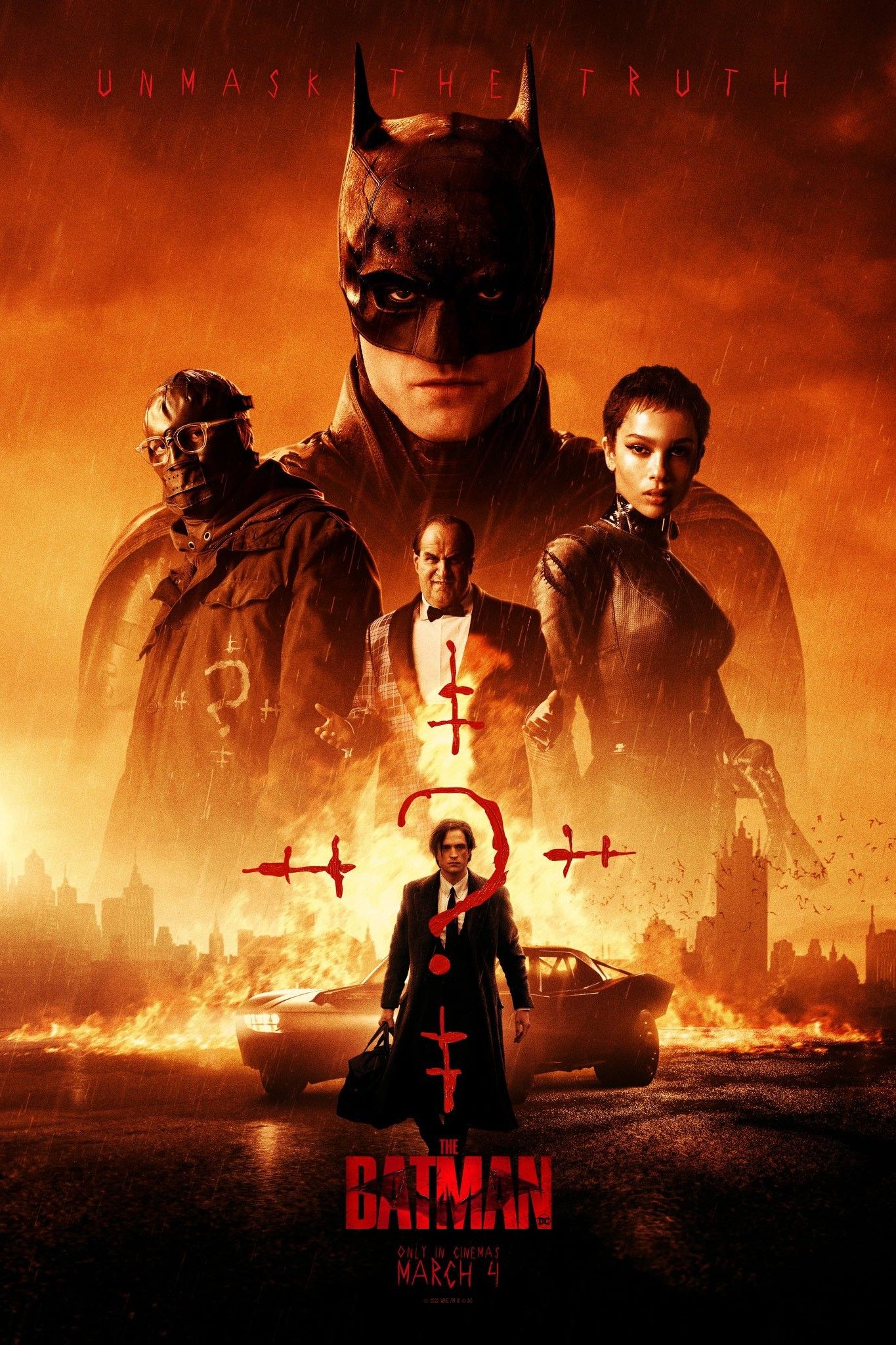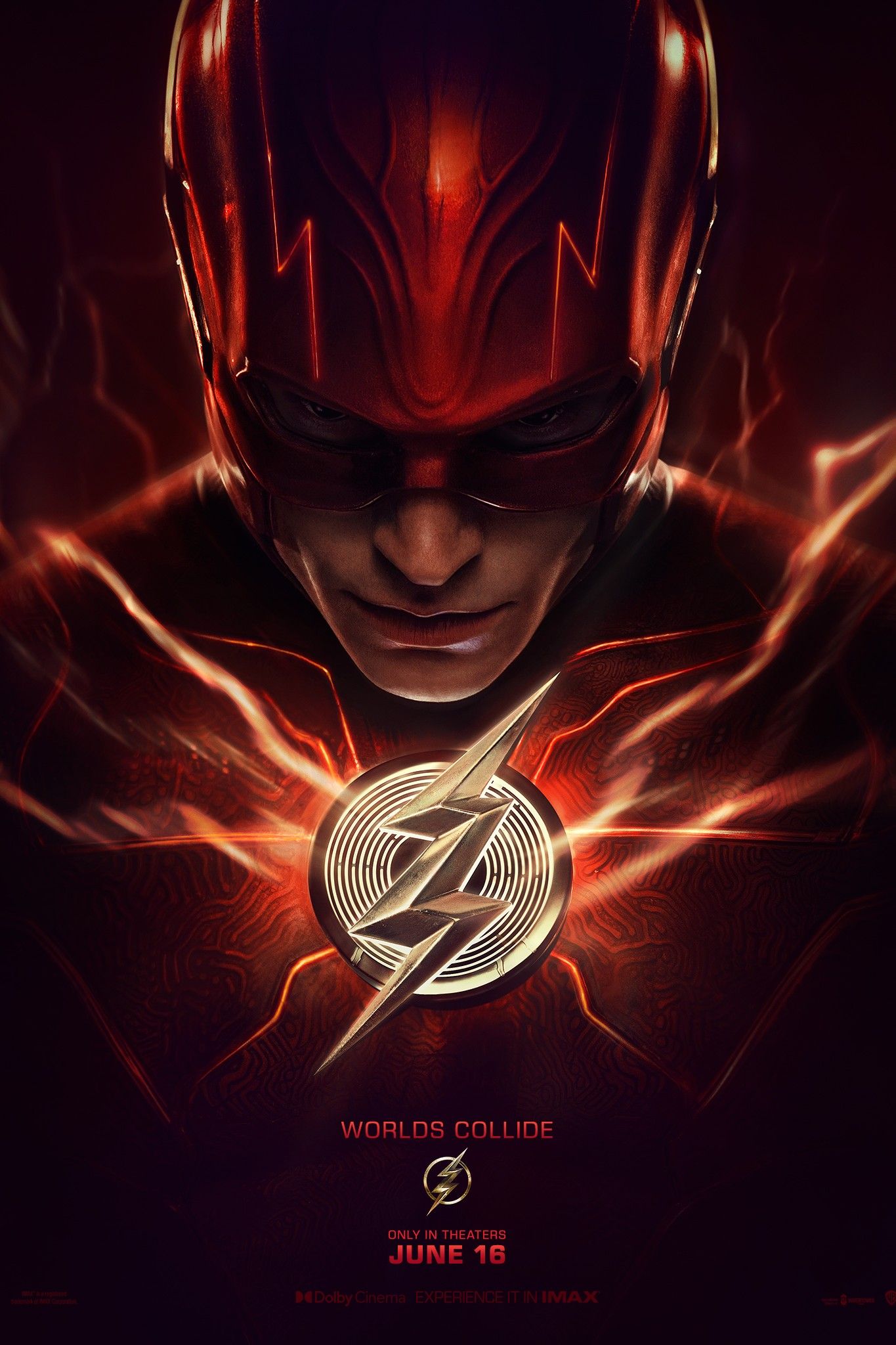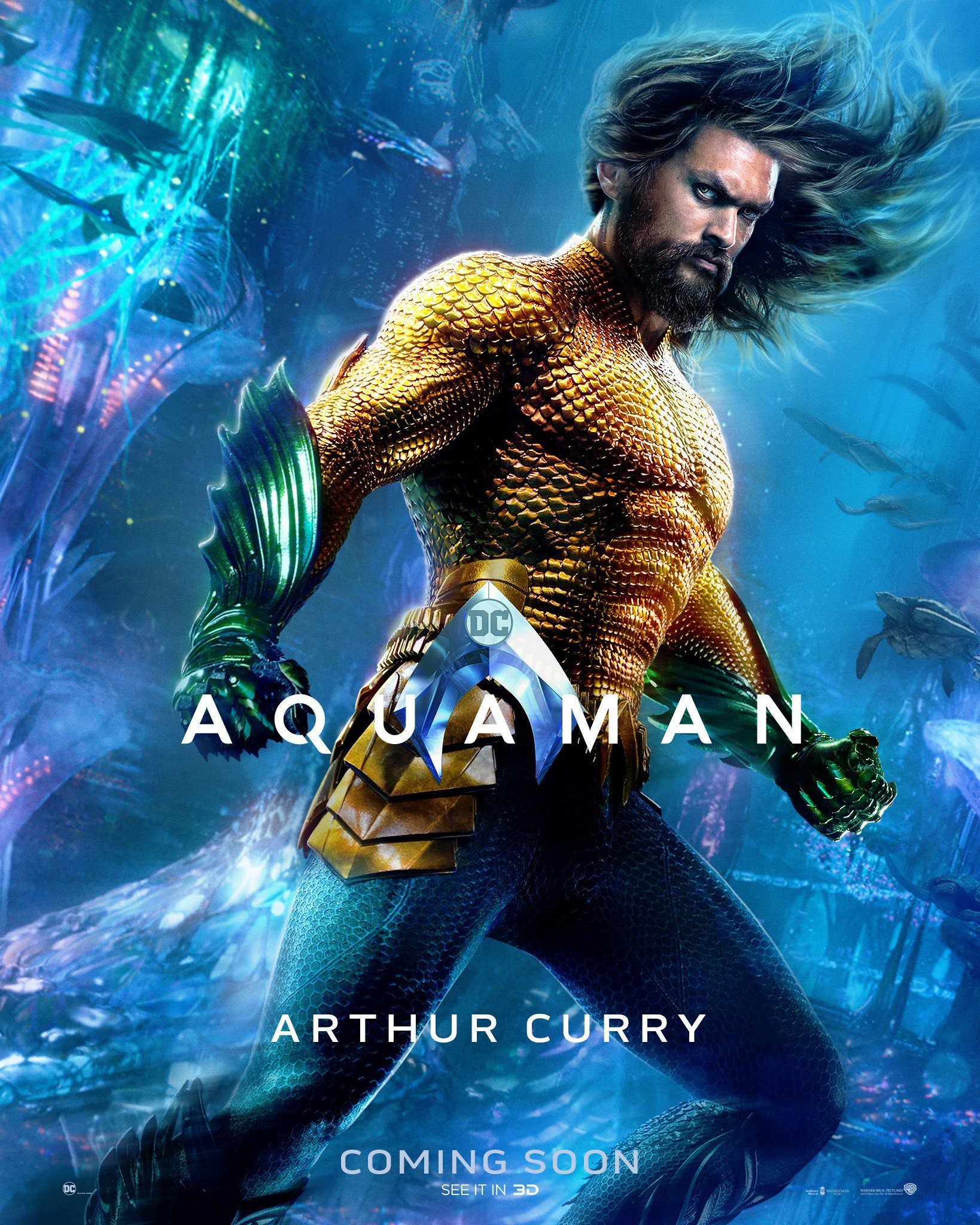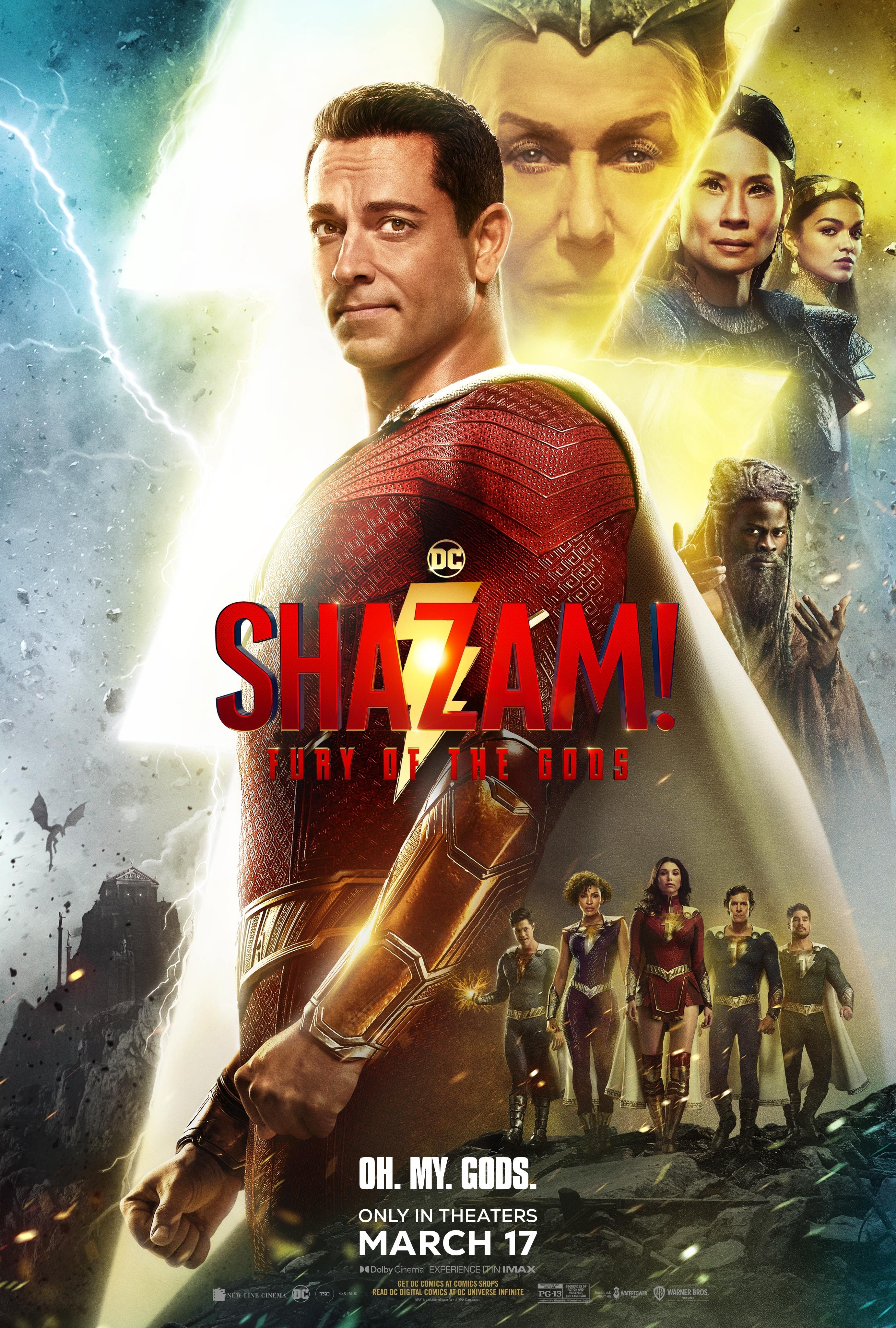Zack Snyder’s Justice League will look slightly different from typical Hollywood films thanks to a taller aspect ratio. Joss Whedon's Justice League was very different to Snyder's vision, with the movie having underwent several script changes and reshoots following the latter's exit and the former taking over production. Zack Snyder’s Justice League, then, will deliver what the director originally captured on film unencumbered by industry standards, a fact, perhaps, best embodied by the film’s 1.37:1 aspect ratio.
Justice League was shot entirely on 35mm film and released in 2017 with a 1.85:1 aspect ratio, a widescreen film format commonly used in Hollywood since the 1950s. A conventional 35mm film negative that is four perforations tall captures an image on a 21.95 x 16mm frame, resulting in a 1.37:1 aspect ratio. As opposed to anamorphic widescreen, which retains all the information within this frame, Justice League’s 1.85:1 ratio is achieved by cropping off the top and bottom of the image in a process known as “flat” widescreen. Most theaters are designed with a widescreen image in mind, but IMAX theaters feature much larger screens at an approximate 1.43:1 aspect ratio very similar to the aesthetic of 35mm film.
Zack Snyder shot sequences of Batman v Superman: Dawn of Justice in IMAX film that, when projected onto IMAX screens, were rendered in full frame, 1.43:1 aspect ratio. Speaking at Justice Con in July 2020, Snyder revealed how these sequences got him obsessed with the “big square” and influenced his decision to compose and shoot Justice League with this aspect ratio in mind, intending for the film to be shown in its entirety on a giant, 1.43:1 IMAX screen. The loss of information that occurs as a result of cutting a frame down for a 1.85:1 widescreen ratio is less significant if the frame is composed with this cropping in mind, but when it’s not, like in Justice League, the deleted space could contain significant information. Either way, the cropped film is not a true representation of the director’s vision, which is why much of the restoration for the Snyder Cut consists of restoring the original squares that were meant to be projected just as they were composed, in a 1.37:1 aspect ratio.
Film audiences have become accustomed to seeing black bars along the top and bottom of theater or television screens to accommodate widescreen images, but less conventional are black bars along the left and right, which is how Zack Snyder’s Justice League will be presented. The film is being released to stream on the subscription platform HBO Max on March 18, 2021, but even if the film received a theatrical release, it would not cover the entire width of most theater screens. However, Snyder has expressed interest in screening his definitive cut in IMAX theaters, where the images would fill the entire screen as the director originally envisioned.
The 1.37:1 aspect ratio of Zack Snyder's Justice League means fans will be seeing more of the heroes they love, literally. Driven by his love for the IMAX sequences in Batman v Superman: Dawn of Justice and a belief that superheroes tend to be more vertical rather than horizontal figures, Snyder chose to compose and shoot Justice League in the 1.37:1 aspect ratio. The taller ratio not only delivers the director's original vision for the film but also restores the top and bottom of the frame, which 2017's Justice League cropped off to create its 1.85:1 widescreen image. The result, Snyder believes, helps to differentiate Justice League from other films in the genre.


